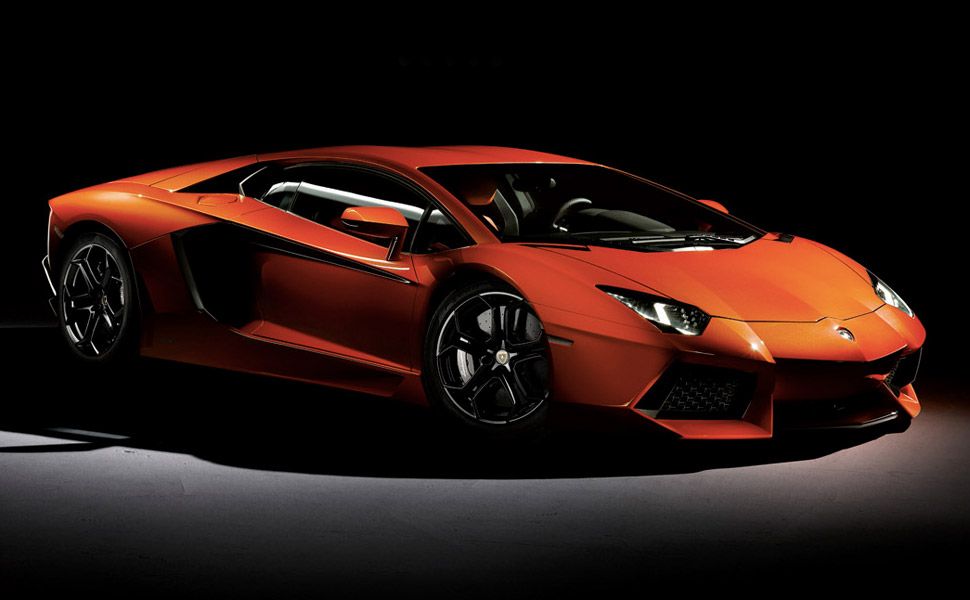Last year, Lamborghini began talks about dropping their manual transmission in favor of a fully automatic line. This idea was christened in the Lamborghini Aventador and its new ISR transmission, and will live on in all of the brand's future supercars. According to the company, every single one of their supercars will now carry a fully automated seven-speed single-clutch transmission. It may seem as if Lamborghini is tucking its tail - among other things - in between its legs, but Maurizio Reggiani, Lamborghini->ke44's R&D director, suggests the change actually makes sense for the brand's customer base and will improve the car's performance.
According to Reggiani, just 1 to 2 percent of the cars being produced out of their Sant'Agata Bolognese factory are equipped with three pedals. He adds that a manual transmission is "a break in the electronic chain of command that harmonizes absolutely everything that happens between engine combustion chamber and tire contact patch. The only way Lamborghini can guarantee soothing smoothness in city driving or back-thumpingly explosive acceleration on a winding road is for every system in the car to be interconnected. You can't rely on a driver to always shift gears without glitches."
Full story after the jump.
The new fully automated transmission's debut may show up in the next Gallardo->ke375 (aka Cabrera->ke3804), but it could be seen even earlier. According to Reggiani, Lamborghini will be making its final decision as to whether or not they will offer a production version of the Sesto Elemento supercar. If they do decide to push ahead, the Sesto Elemento will show up before the Cabrera.
The main component of the new Sesto Elemento is carbon fiber and more specifically carbon fiber reinforced plastics (CFRP). Lamborghini has been able to successfully develop a process that takes the material from 3D design through simulation, validation, testing, and finally into production. Reggiani feels that this method of carbon-fiber construction is ready for real world application. "The material costs more or less the same (as conventional carbon fiber)," he says. "The real difference is in manufacturing time."
Rumors have already suggested that it will probably be limited to a run of 20 units each priced at 1.9 million euro, or about $2.8 million at the current exchange rates.

